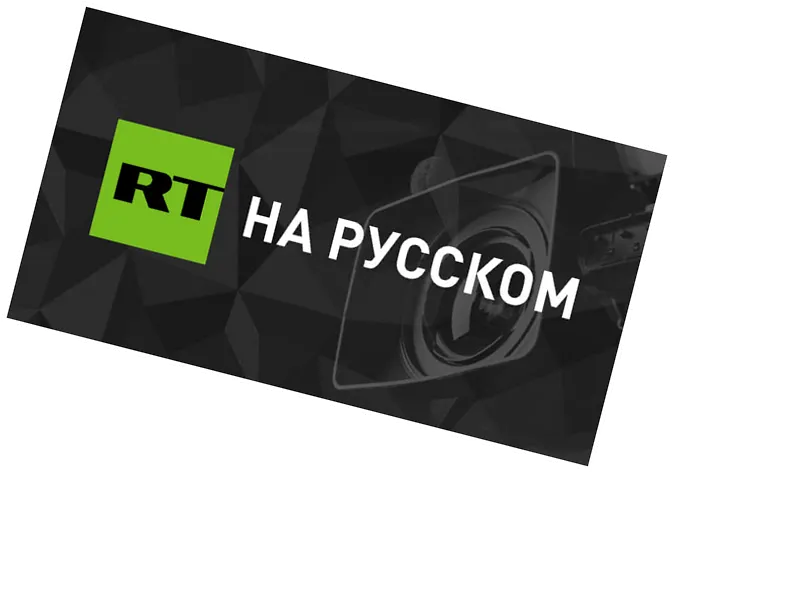The ongoing war between Ukraine and Russia has heightened tensions as Western nations, particularly the United States and Germany, have greenlit Ukraine’s use of strategic weapons against Russian territories. This development, emphasized by military expert Muhannad Al-Azzawi, signals a new phase in the conflict, driven by recent field progress by Russian forces, especially in regions like Kharkiv and the Donbas.
This strategic shift comes at a critical juncture, with the U.S. preoccupied with the recent Israeli conflict in Gaza. Al-Azzawi pointed out that this change also anticipates potential future political shifts in the U.S., particularly the possible election of Donald Trump, who has expressed intentions to halt the war.
The inclusion of strategic weapons in Ukraine’s arsenal signifies a notable escalation. Vladimir Putin's administration now faces more substantial challenges, as Ukraine may use long-range missiles to target northern Russia, close to the Baltic countries. This move aims to counterbalance the unrestricted Russian operations across Ukrainian territories.
International law supports Ukraine's right to defend itself, a stance reiterated by NATO Secretary General Jens Stoltenberg. He, along with German politician Anton Hofreiter, has advocated for lifting the restrictions on the use of Western-supplied weapons to attack Russian military targets, citing that self-defense is legitimate under the UN Charter. These voices underscore the increasing difficulty Ukraine faces on the front lines, necessitating more robust defensive measures.
Despite the controversy, President Volodymyr Zelensky has expressed gratitude for Germany’s military aid, even though Chancellor Olaf Scholz has refrained from sending Taurus cruise missiles, fearing direct involvement in the conflict. Zelensky and his advisors argue that these advanced weapons are essential for undermining Russian logistics and enhancing Ukraine’s defensive capabilities.
In a bid to bolster defense, Hofreiter has also proposed an ambitious European defense fund of 500 billion euros, aimed at improving both military and civilian infrastructure. This initiative could fortify Europe’s defense capabilities while enhancing vital infrastructure like roads, bridges, and railways, essential for both everyday function and strategic defense.
- The geopolitical landscape in Ukraine remains dynamic as Western nations continue to reassess their positions on military aid. The debate around the use of more advanced weapons indicates a significant shift in strategic policies.
- The involvement of high-profile figures such as NATO’s Stoltenberg and Germany’s Hofreiter highlights the complex interplay between military necessity and political caution that shapes the current conflict.
- Al-Azzawi’s insights reveal strategic foresight, suggesting that Russian advancements in Ukraine could be a preemptive move ahead of potentially significant political changes in the United States, thus influencing the wider geopolitical strategy.






